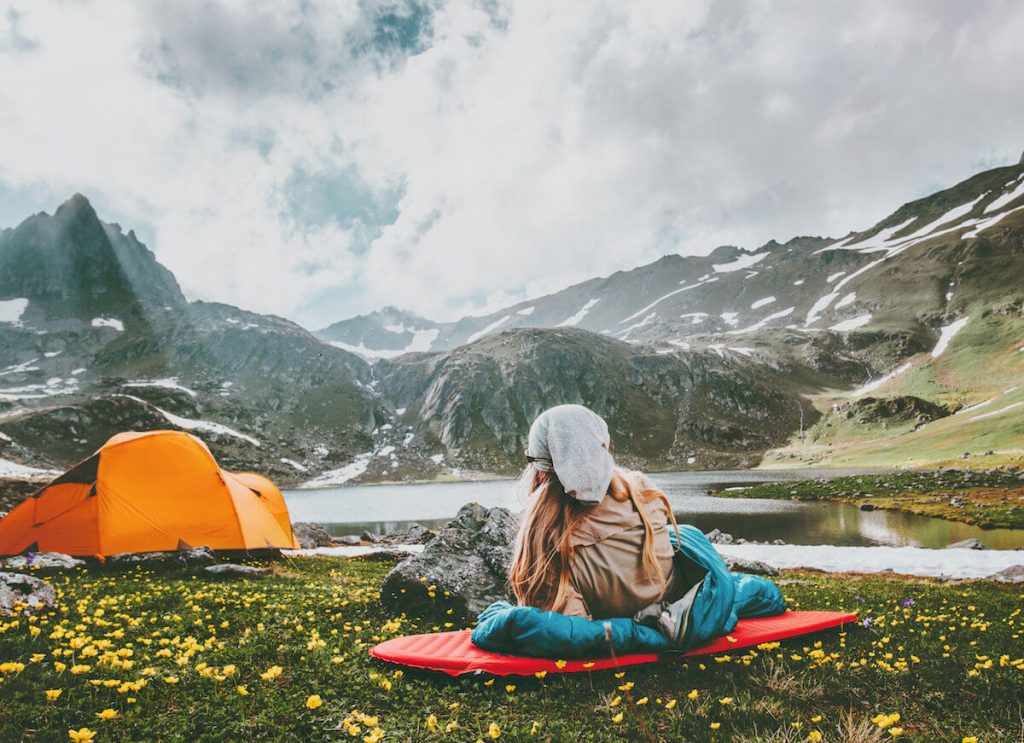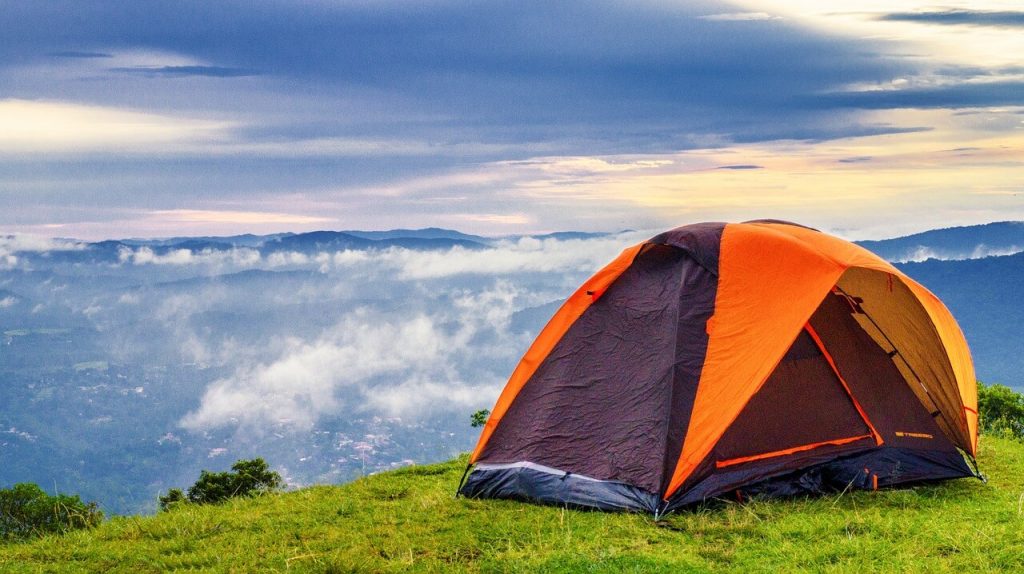
Most people who choose to go camping stay on a campsite. However, there is another option – wild camping. This involves pitching up a tent in the wilderness.
Not having the facilities of a campsite can make things a lot more challenging, but for those who prepare well it can be very fun. It’s a chance to take things back to basics and get close to nature. Below are some tips for wild camping successfully.
5 Tips for Wild Camping
Choose the right location
The first tip for wild camping is that you need to choose a location that’s safe and legal. Never camp directly by the side of a road, or directly by a river, as these locations can be dangerous. If it’s windy you should also avoid places that are very exposed, such as cliffs, so that there’s no risk of your tent taking off in the night.
Different countries have their own laws regarding wild camping – it’s worth looking up the laws so that you know where to camp (in some countries, it’s technically illegal to wild camp anywhere, but you can usually still get away with it by choosing somewhere very remote and not leaving anything behind).
You can plan your location in advance, or walk until you find somewhere. Planning your location in advance could allow you to pick somewhere private, comfortable and scenic – there are sites online that can recommend the best wild camping spots.
Read more about camping in Iceland and how the camping card works.
Check the ground conditions
More wild camping tips include to check the ground conditions. This is very important and guarantees a comfortable night’s sleep. Make sure the ground isn’t too wet and boggy.
You also want to avoid hard and rocky ground where possible. Otherwise, you won’t be able to get your tent pegs in.
The ground should also be as flat as possible. If you have to camp on an incline, make sure that your head is facing up the hill, otherwise the blood will all rush to your head and you’ll wake up with a headache.

Bring food and water
You won’t have anywhere nearby to buy food and no taps for accessing water. As a result, you’ll need to pack all your own water and food.
Choose food options that are easy to pack and that won’t go off, e.g. a cooler box will allow you to preserve foods, but may not be practical if you’re planning a hike before you set up camp.
When it comes to water, make sure to bring a couple of water bottles. Water can be heavy, so plan to stock up at a store somewhere if you’re wild camping for a couple days. Alternatively, you can try harvesting your own freshwater – check out this guide to collecting your own drinking water.
Bring a flashlight
Another tip for wild camping is to bring a flash light as it can get very dark, especially the more remote you are. The plus side is, if it’s a clear night, you’ll be able to see all the stars.
However, a flashlight could be useful to bring with you for navigating your surroundings after dark. You can find suitable flashlights at sites like EcoGearFX.com. Remember to bring batteries!
Make sure to clear up after yourself
When wild camping, you should ideally leave no trace behind. Pack some trash bags so that you can take any trash with you, and avoid throwing anything on the ground that could be harmful to the environment.
When it comes to doing your business, it’s respectful to also choose somewhere where no-one is likely to walk. It’s recommended that you bury your poop where possible. Find more tips for using the bathroom in the wild.
Finally, check out these unisex pee bags from Jonhy Wee which are super small to fit into any pocket, affordable and sustainable.


